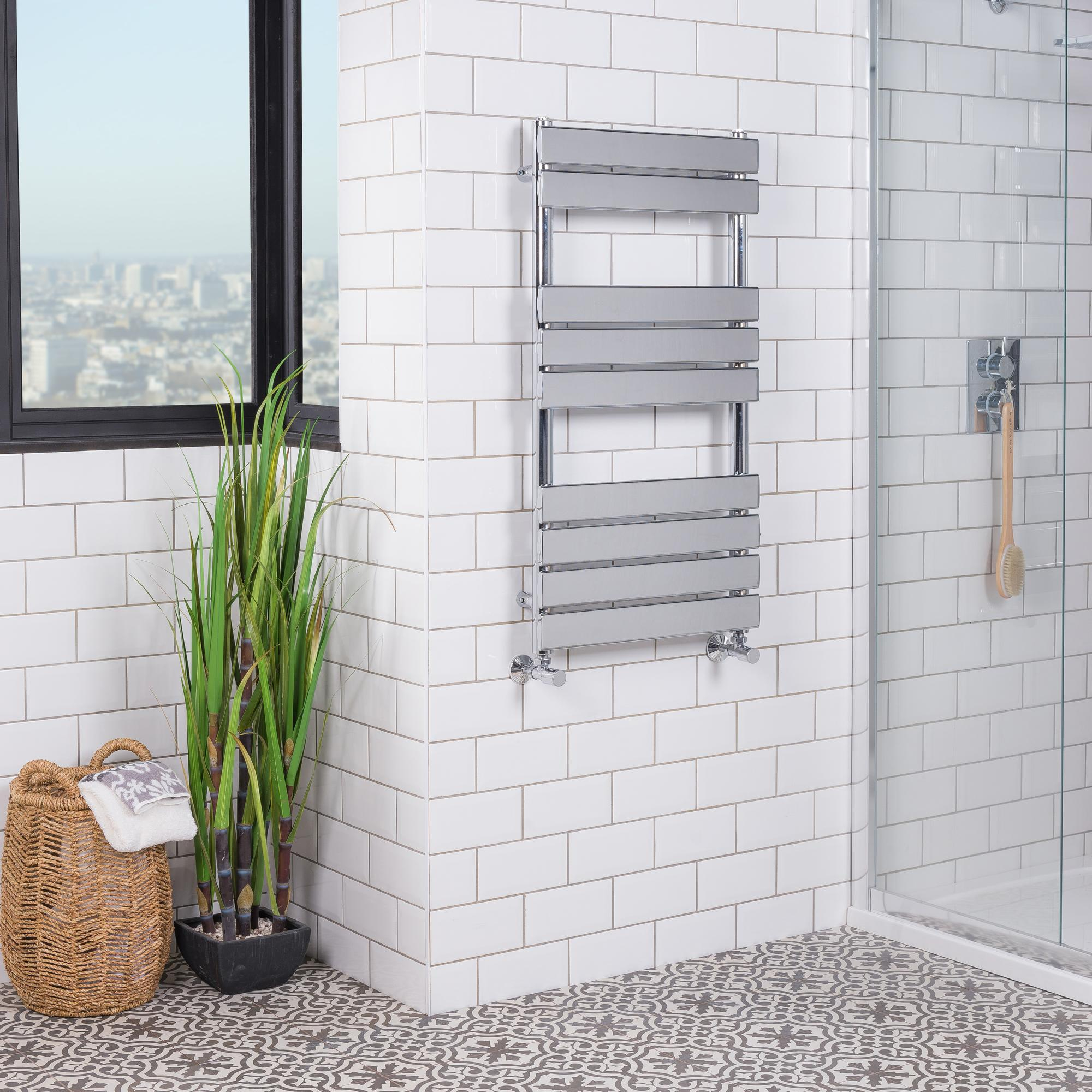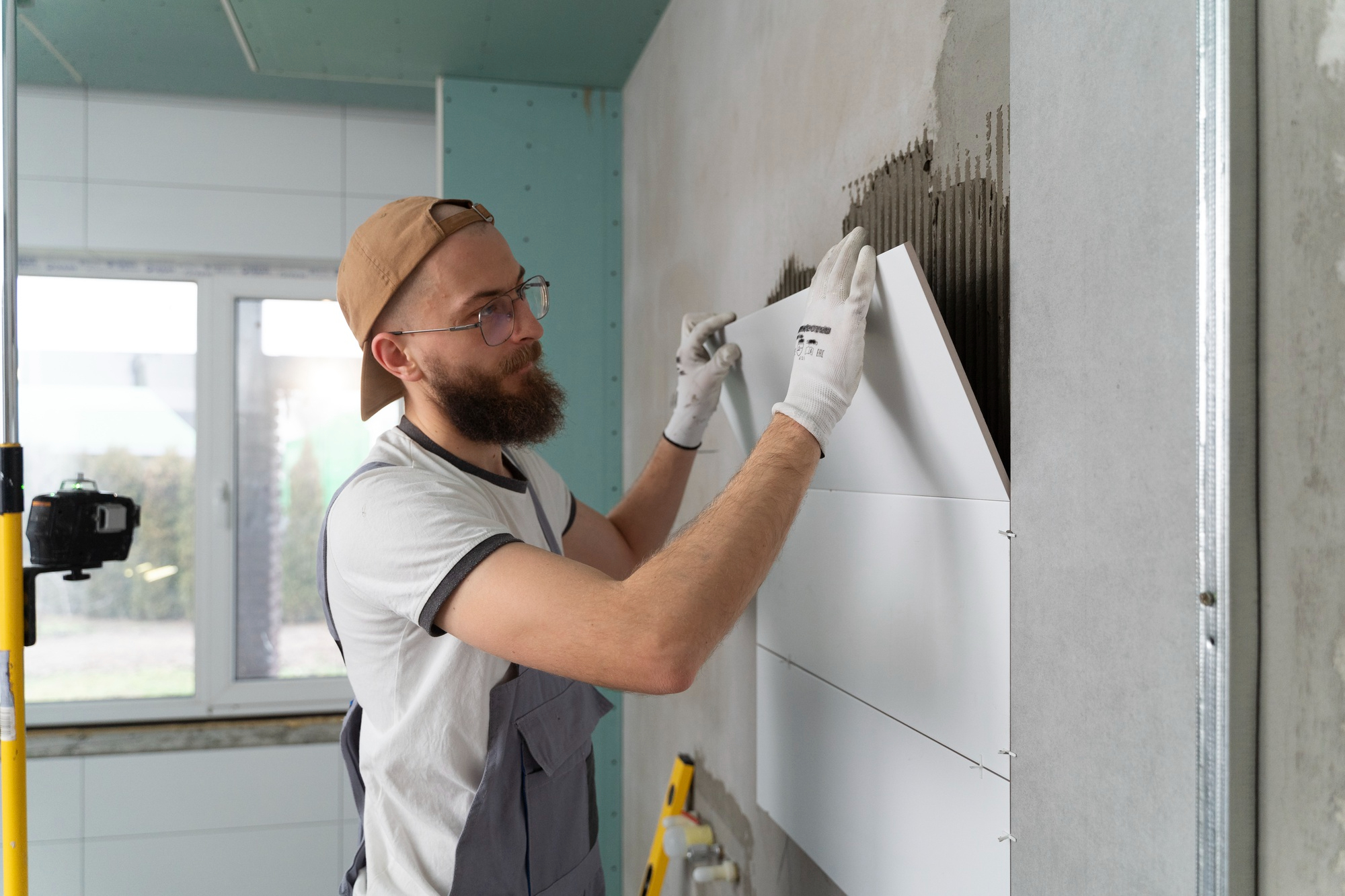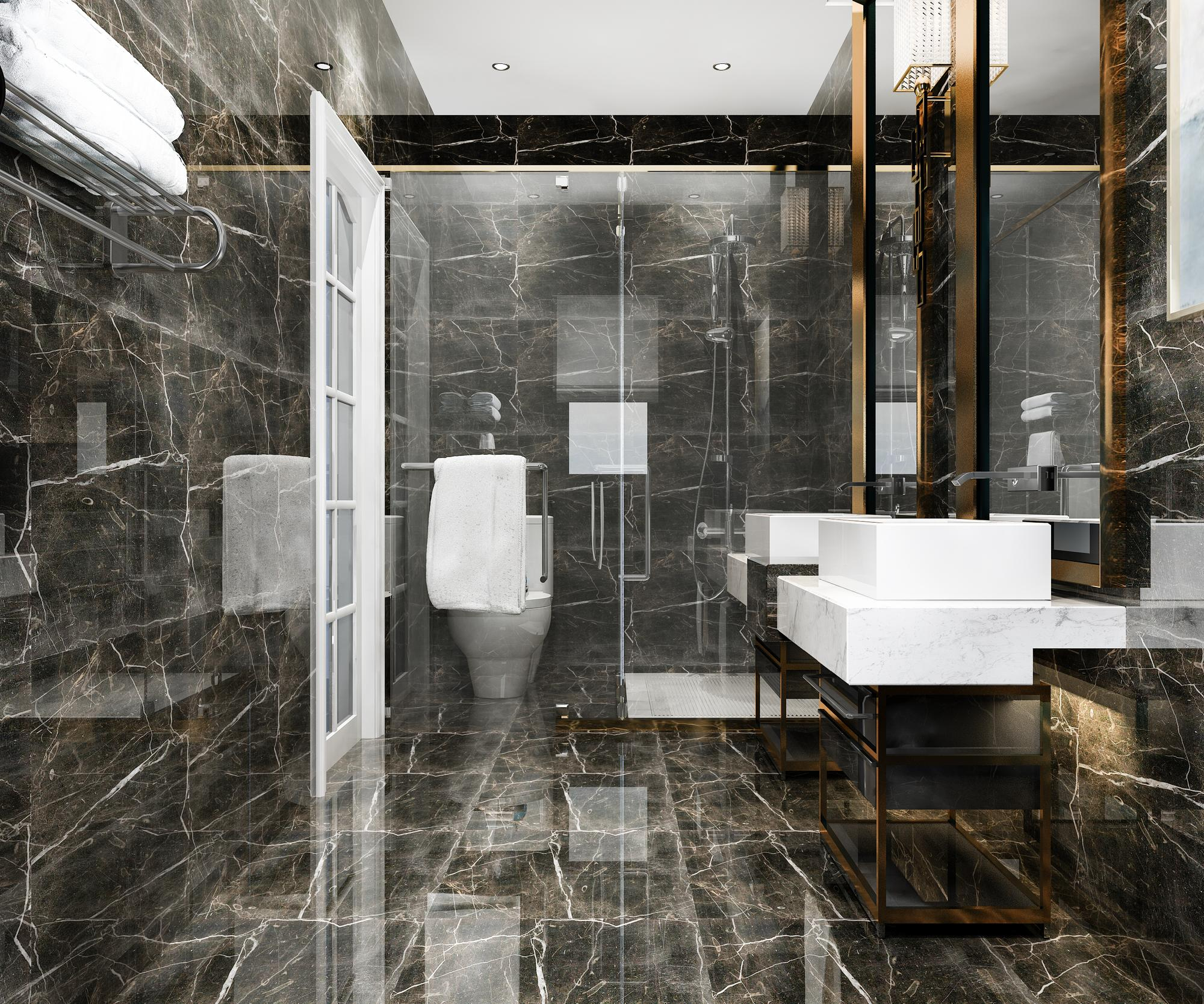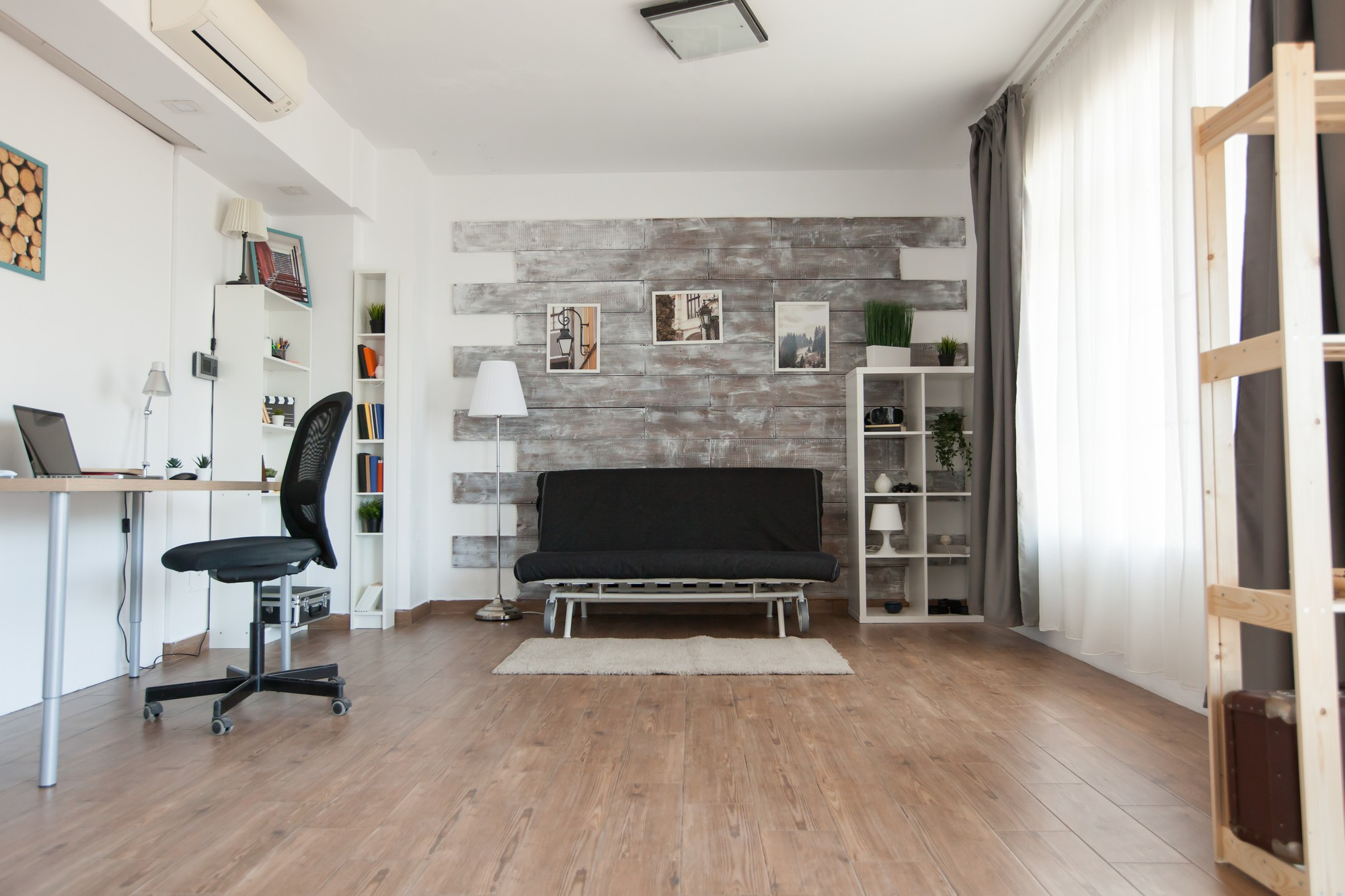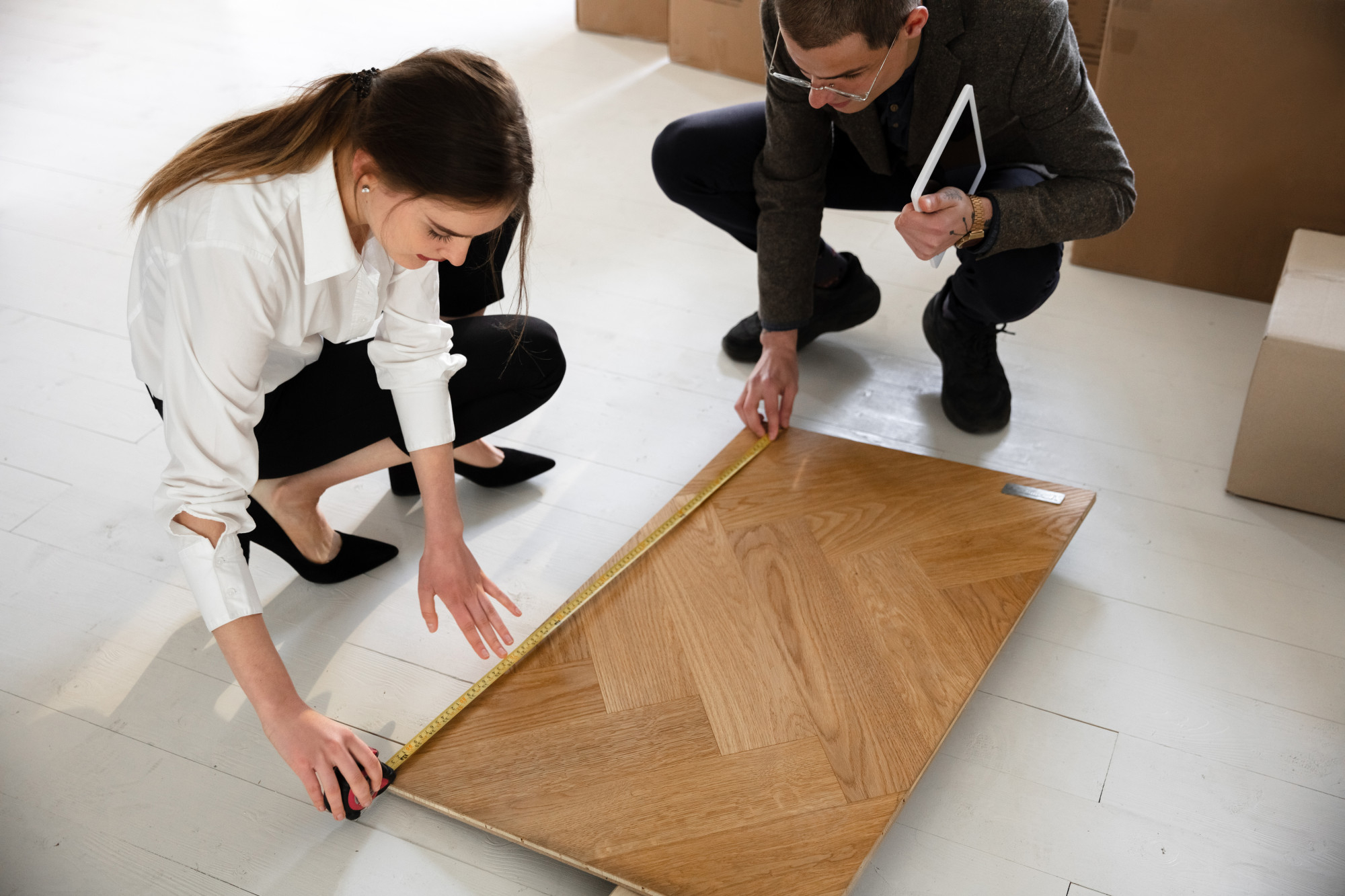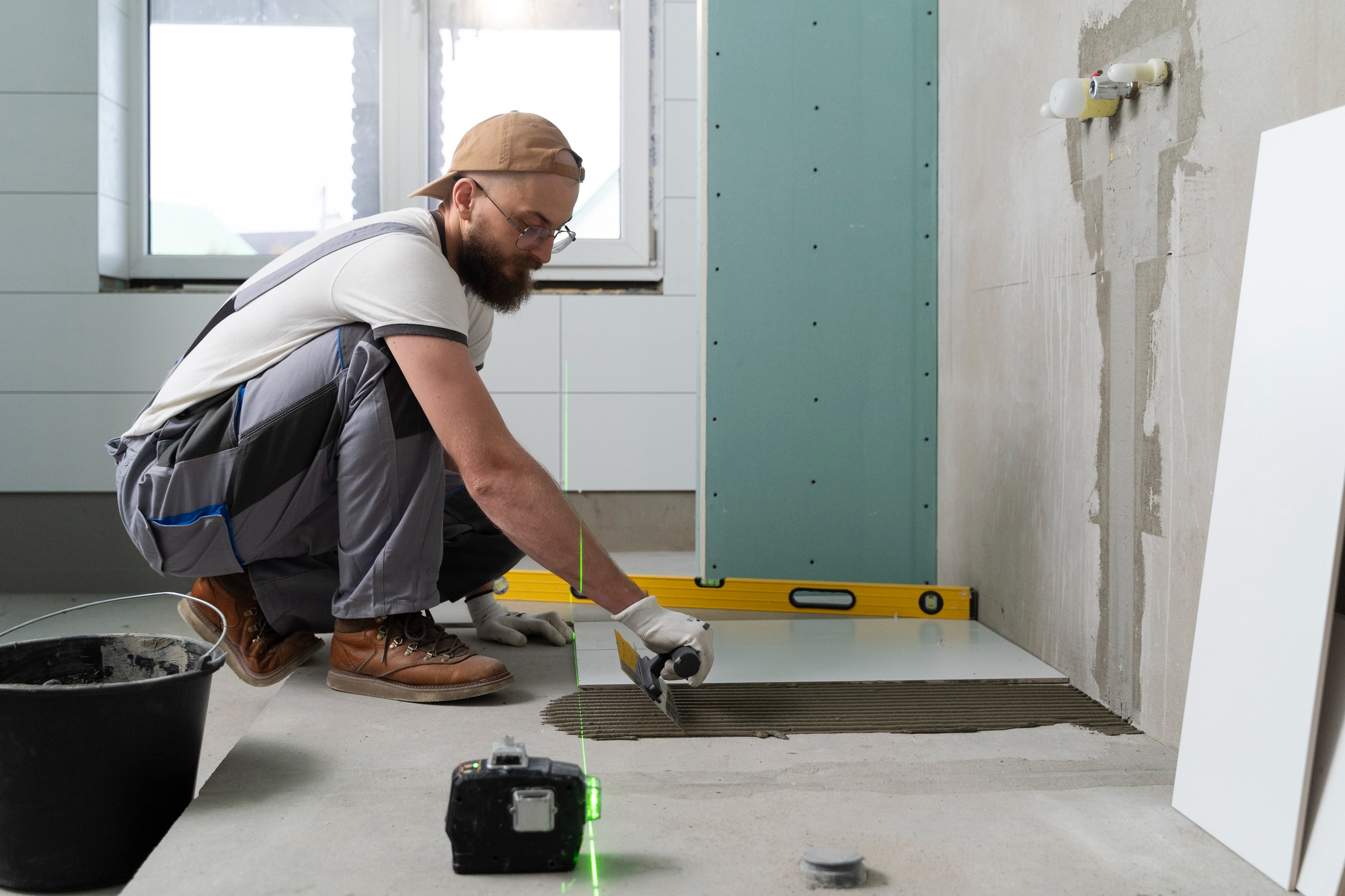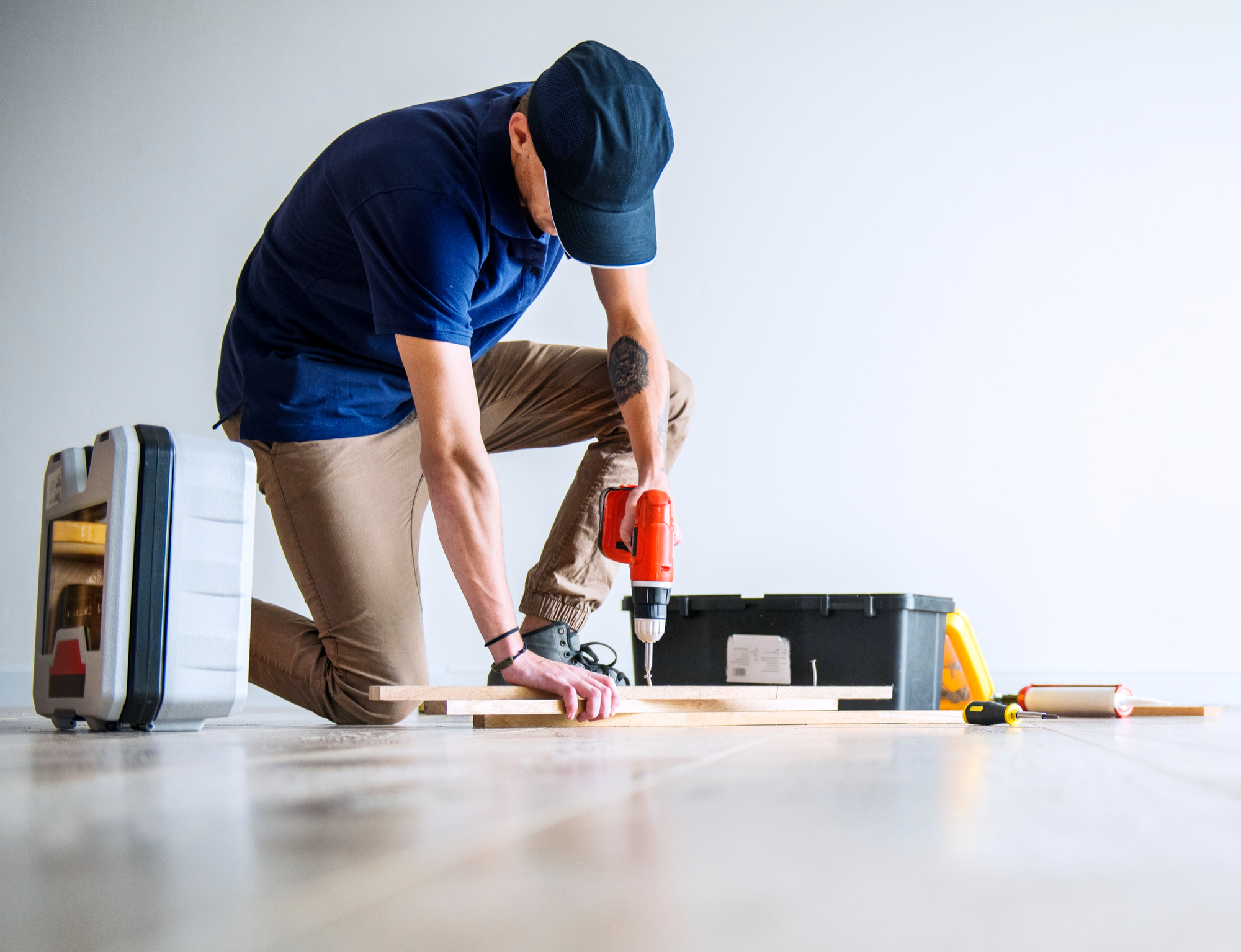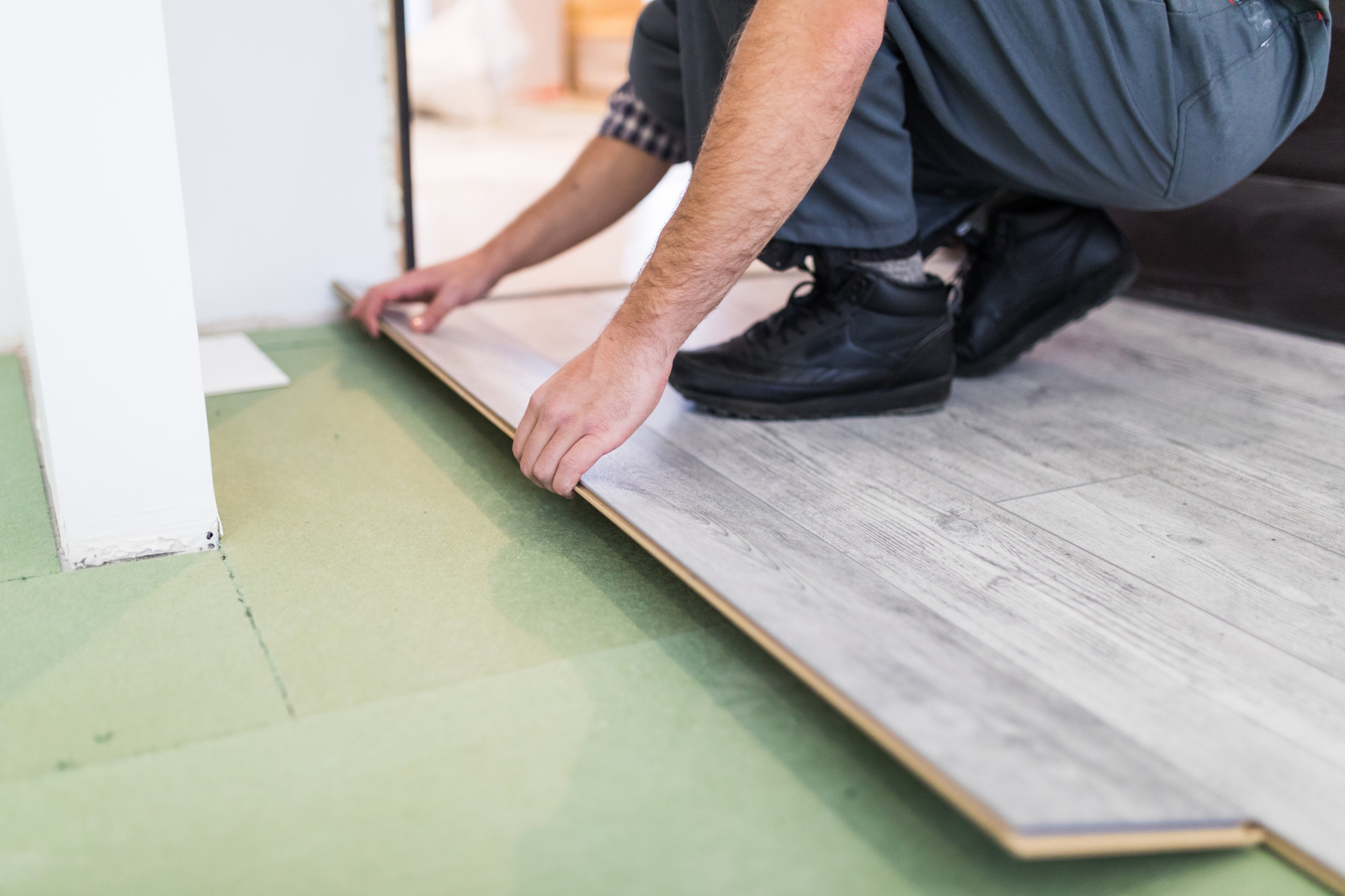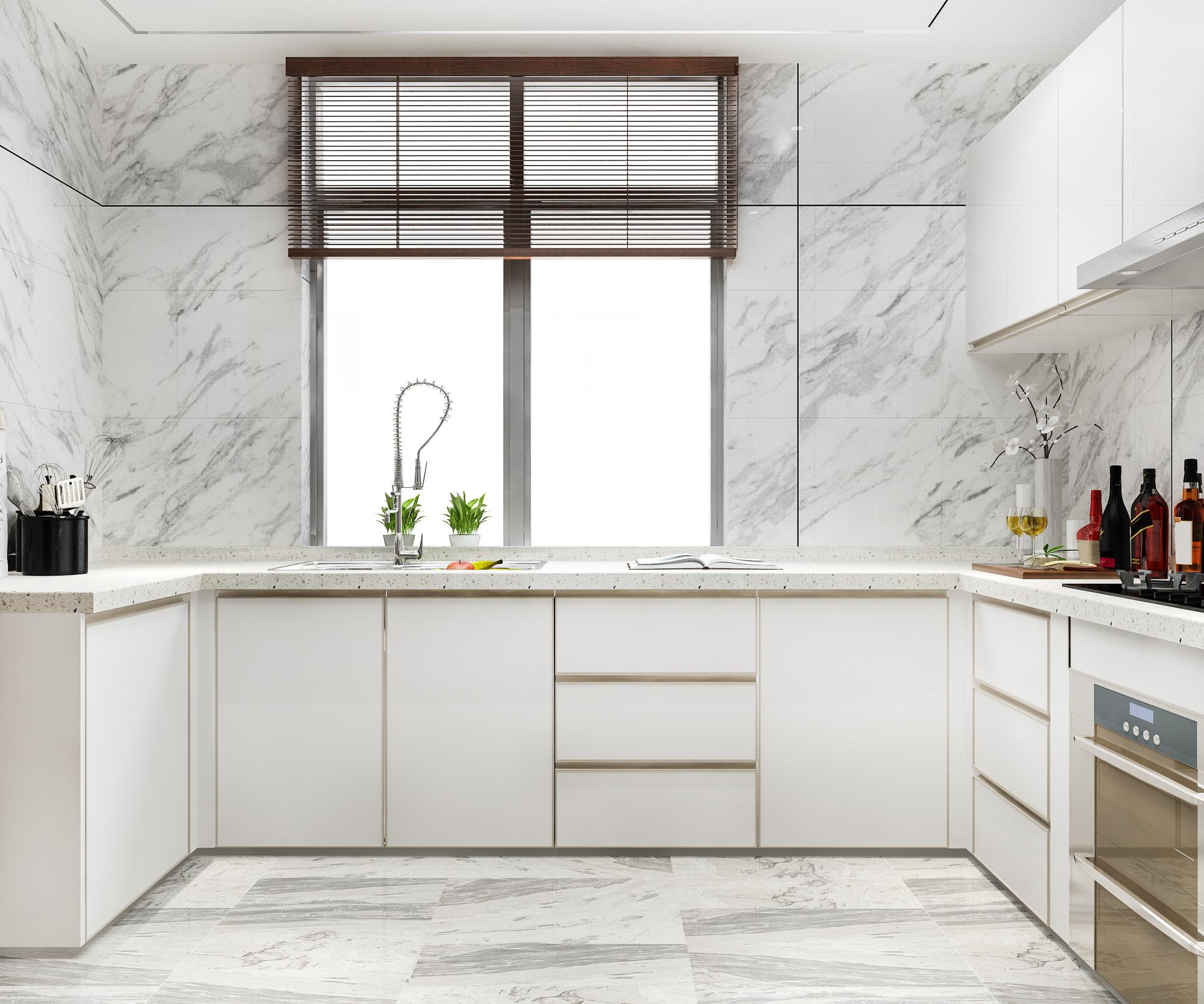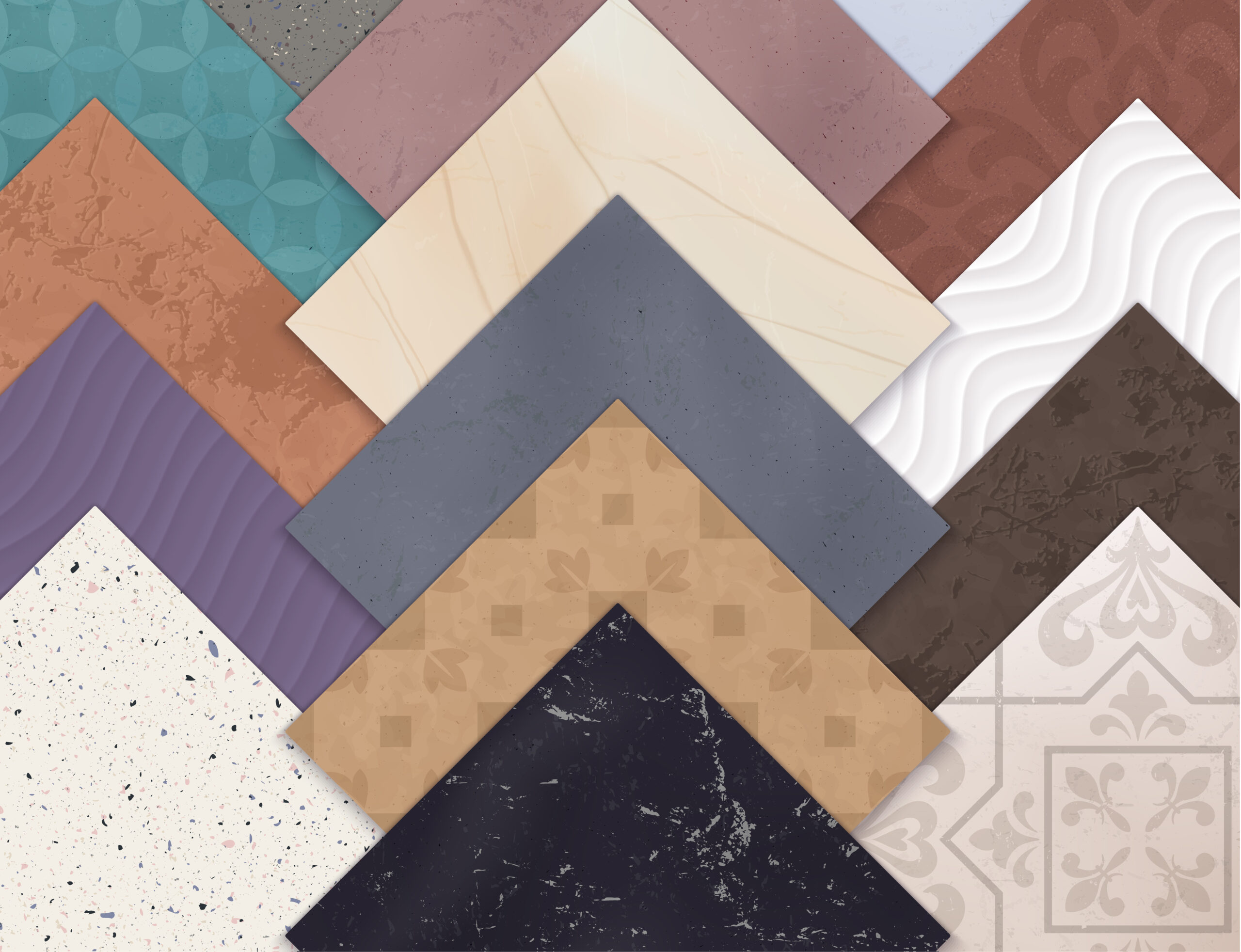Tile Shape Spotlight: Styling With Rectangular Subway
When it comes to tile shape, the rectangular subway is a classic and versatile option that can be used in a variety of design styles. Originally popularized in the early 20th century as a practical and affordable choice for subway stations and public restrooms, the subway tile has since become a popular choice for kitchens, bathrooms, and other areas of the home. In particular, the rectangular shape of subway tiles can create a timeless and elegant look that can be styled in a variety of ways. Here are some tips for styling with rectangular subway tiles:
- Play with Size
One of the benefits of using rectangular subway tiles is the range of sizes they come in. While the traditional size is 3×6 inches, they can also be found in larger sizes such as 4×8 or 4×12 inches. Consider using a larger size for a modern or industrial look, or a smaller size for a more classic or vintage vibe.
- Experiment with Layout
The traditional layout for subway tiles is to stack them in a straight line, but there are many other layout options to consider. A herringbone or chevron pattern can add interest and texture to a space, while a vertical or horizontal brick pattern can create a more traditional look.
- Choose a Color
While white is the classic color for subway tiles, they are also available in a range of other colors. Consider using a bold color such as navy or black for a modern or dramatic look, or a softer pastel hue for a more feminine or vintage vibe.
- Add Texture
While the smooth and glossy surface of subway tiles is classic and timeless, there are also textured options available. Consider using a textured or matte finish for a modern or industrial look, or a crackle glaze for a vintage or rustic vibe.
- Mix and Match
Don’t be afraid to mix and match different sizes or colors of subway tiles for a unique and eclectic look. Consider using a border of a different color or size around the perimeter of a space, or creating a feature wall with a bold pattern or color.
In conclusion, the rectangular subway tile is a classic and versatile option that can be styled in a variety of ways. Whether you choose to play with size, experiment with layout, choose a color, add texture, or mix and match, there are endless possibilities for styling with rectangular subway tiles. So next time you’re considering a tile project, consider the timeless and elegant look of the rectangular subway tile.
Top 3 Exterior Tile Trends in Vernon
Exterior tile can be a beautiful and practical choice for outdoor spaces such as patios, decks, and pool areas. Not only does it offer durability and low maintenance, but it also comes in a wide range of colors, sizes, and patterns that can enhance the design of your home’s exterior. Here are the top three exterior tile trends that are currently popular:
- Large Format Porcelain Tile
Large format porcelain tile is becoming an increasingly popular choice for outdoor spaces. With their extra-large size, these tiles can create a seamless look that gives the illusion of a bigger space. In addition, they offer durability, low maintenance, and a wide range of color options, making them a versatile choice for any outdoor design style.
- Natural Stone Look Porcelain Tile
Natural stone look porcelain tile is a trend that has been gaining popularity in recent years. These tiles mimic the look of natural stone, such as slate, marble, and travertine, but offer the added benefits of durability, low maintenance, and a more affordable price point. This trend is perfect for homeowners who want the elegant and classic look of natural stone without the high cost and upkeep.
- Wood Look Porcelain Tile
Wood look porcelain tile has become increasingly popular for outdoor spaces in recent years. These tiles have the appearance of real wood, but offer the durability and low maintenance of porcelain. They are resistant to moisture, insects, and rot, making them an ideal choice for outdoor spaces such as decks and patios. This trend is perfect for homeowners who want the natural look of wood without the maintenance and potential issues that come with using real wood outdoors.
In conclusion, exterior tile is a great choice for outdoor spaces, and these three trends offer a range of options for homeowners looking to enhance the design of their home’s exterior. Large format porcelain tile, natural stone look porcelain tile, and wood look porcelain tile all provide different benefits and design options, so it’s important to choose the one that best fits your individual style and needs.
How to Select the Right Tile for your Home in Kamloops
Choosing the right tile for your home can be a daunting task. There are so many options available, from ceramic and porcelain to natural stone and glass. Each type of tile has its own unique properties and benefits, and selecting the right tile for your home depends on several factors, such as the room, its use, and your personal style. In this article, we’ll provide some tips on how to select the right tile for your home.
- Consider the Room
The first step in selecting the right tile for your home is to consider the room where the tile will be installed. Different rooms have different requirements, and certain types of tiles are better suited for certain rooms. For example, porcelain and ceramic tiles are popular choices for bathrooms and kitchens because they are water-resistant and durable. Natural stone tiles, on the other hand, are a great option for living rooms and bedrooms because they provide a warm and natural look.
- Think About the Use
The use of the room is also an important factor to consider when selecting tile. High-traffic areas, such as entryways and hallways, require tiles that are durable and resistant to wear and tear. Tiles with a high PEI (Porcelain Enamel Institute) rating are ideal for these areas. On the other hand, rooms that are not used as frequently, such as guest bedrooms, can have more delicate tiles.
Bathrooms and kitchens require tiles that are water-resistant and easy to clean. Consider selecting a tile with a slip-resistant surface in areas that are likely to become wet, such as shower stalls or kitchen floors.
- Choose the Right Size and Shape
Tile size and shape can greatly impact the look and feel of a room. Smaller tiles can create a more intricate pattern, while larger tiles can make a room feel more spacious. Rectangular tiles can elongate a room, while square tiles can provide a more traditional look.
It’s also important to consider the grout lines when selecting tile size and shape. Larger tiles require fewer grout lines, which can make a room feel more streamlined and modern. On the other hand, smaller tiles require more grout lines, which can create a more intricate pattern.
- Select the Right Material
There are several different materials to choose from when selecting tile for your home. Each material has its own unique properties and benefits. Here are some of the most popular options:
- Ceramic: Ceramic tiles are made from clay that is fired at high temperatures. They are available in a wide range of colors, patterns, and textures, and are a popular choice for bathrooms and kitchens.
- Porcelain: Porcelain tiles are made from a blend of clay and other materials that are fired at extremely high temperatures. They are extremely durable and water-resistant, and are a great option for high-traffic areas.
- Natural Stone: Natural stone tiles are made from materials like marble, granite, and slate. They provide a natural and elegant look, but are generally more expensive and require more maintenance than other types of tiles.
- Glass: Glass tiles provide a modern and sleek look, and are a popular choice for backsplashes and accent walls. They are available in a wide range of colors and textures, and can be used to create intricate patterns.
- Consider the Color and Style
The color and style of the tile can greatly impact the overall look of a room. Neutral colors like beige, gray, and white provide a timeless and classic look, while bolder colors like blue and green can provide a more modern and trendy look.
Consider the style of your home when selecting tile. If you have a traditional home, you may want to select a tile with a more classic look, such as a natural stone or ceramic tile.
The 6 Best Waterproof Laminate Flooring in Kelowna
As waterproof flooring becomes increasingly popular, laminate flooring manufacturers have started producing waterproof options to meet consumer demand. With waterproof laminate flooring, you can have the look of hardwood or tile without the worry of water damage. In this article, we’ll explore the six best waterproof laminate flooring options on the market.
- AquaGuard Laminate
AquaGuard Laminate is a waterproof flooring option that is manufactured by Floor & Decor. This flooring is made with a water-resistant core that is designed to prevent water from penetrating through to the subfloor. Additionally, AquaGuard laminate has a protective top layer that is designed to resist scratches, wear, and fading.
One of the benefits of AquaGuard Laminate is that it is easy to install. The planks feature a click-lock system that makes installation a breeze. Additionally, AquaGuard laminate comes in a variety of styles, including traditional hardwood looks, as well as more modern options like concrete and stone looks.
- Pergo Outlast+
Pergo Outlast+ is a waterproof laminate flooring option that is designed to resist spills, splashes, and pet accidents. This flooring features a water-resistant core and a protective top layer that is designed to resist scratches and scuffs. Additionally, Pergo Outlast+ features a 24-hour spill protection warranty, meaning that it can withstand spills for up to 24 hours without damage.
One of the benefits of Pergo Outlast+ is that it comes in a variety of styles, including hardwood, tile, and stone looks. Additionally, this flooring is designed to be easy to install, thanks to the patented click-lock system that requires no glue or nails.
- Mohawk RevWood Plus
Mohawk RevWood Plus is a waterproof laminate flooring option that is designed to resist spills, stains, and scratches. This flooring features a waterproof core and a protective top layer that is designed to resist wear and tear. Additionally, Mohawk RevWood Plus features a lifetime waterproof warranty, meaning that it is guaranteed to remain waterproof for the life of the product.
One of the benefits of Mohawk RevWood Plus is that it is available in a wide range of styles, including traditional hardwood looks, as well as more contemporary options like distressed and wire-brushed looks. Additionally, this flooring is designed to be easy to install, thanks to the Uniclic locking system that requires no glue or nails.
- Shaw Repel
Shaw Repel is a waterproof laminate flooring option that is designed to resist spills, stains, and scratches. This flooring features a water-resistant core and a protective top layer that is designed to resist wear and tear. Additionally, Shaw Repel features a 24-hour spill protection warranty, meaning that it can withstand spills for up to 24 hours without damage.
One of the benefits of Shaw Repel is that it is available in a wide range of styles, including traditional hardwood looks, as well as more contemporary options like reclaimed wood and wire-brushed looks. Additionally, this flooring is designed to be easy to install, thanks to the VersaLock AG locking system that requires no glue or nails.
- Mannington Restoration Collection
Mannington Restoration Collection is a waterproof laminate flooring option that is designed to resist spills, stains, and scratches. This flooring features a water-resistant core and a protective top layer that is designed to resist wear and tear. Additionally, Mannington Restoration Collection features a 72-hour waterproof warranty, meaning that it can withstand spills for up to 72 hours without damage.
One of the benefits of Mannington Restoration Collection is that it is available in a wide range of styles, including traditional hardwood looks, as well as more modern options like weathered wood and stone looks. Additionally, this flooring is designed to be easy to install, thanks to the patented LockSolid installation system that
How Do I Know If It’s Time to Refinish My Floors?
Refinishing floors can breathe new life into your home, but it can also be a costly and time-consuming process. So, how do you know when it’s time to refinish your floors? Here are some signs to look for:
- Visible Wear and Tear
The most obvious sign that it’s time to refinish your floors is visible wear and tear. Look for scratches, gouges, and other damage that has penetrated the finish and exposed the wood underneath. If you can see the wood grain, it’s time to refinish. Additionally, if your floors have lost their shine and look dull, it’s time to refinish.
- Fading Color
Hardwood floors can fade over time, especially if they are exposed to direct sunlight. If your floors have lost their rich color and appear washed out, it’s time to refinish. Refinishing can restore the original color of the wood and bring back the warmth and beauty of your floors.
- Cupping or Crowning
Cupping and crowning are signs of moisture damage and can occur when the wood absorbs or releases moisture unevenly. Cupping occurs when the edges of the boards are higher than the center, while crowning occurs when the center of the boards is higher than the edges. If your floors are cupping or crowning, it’s time to refinish and address the underlying moisture issue.
- Uneven Boards
Over time, hardwood floors can shift and settle, causing the boards to become uneven. If you notice gaps between the boards or a wavy appearance, it’s time to refinish. Refinishing can level the boards and create a smooth, even surface.
- Squeaking or Creaking
Squeaking or creaking floors can be a sign of underlying damage or wear and tear. If you hear squeaking or creaking when you walk on your floors, it’s time to refinish. Refinishing can address the underlying damage and restore the structural integrity of your floors.
- Allergies and Respiratory Issues
Hardwood floors are a great choice for those with allergies and respiratory issues, as they don’t trap dust, dirt, and other allergens. However, if your floors are old and worn, they may be harboring allergens and irritants. If you or someone in your household is experiencing allergies or respiratory issues, it’s time to refinish your floors.
- Outdated Style
Finally, if your floors are outdated and don’t match your current design aesthetic, it’s time to refinish. Refinishing can update the look of your floors and bring them in line with your personal style.
In conclusion, if you notice any of these signs, it’s time to refinish your floors. Refinishing can restore the beauty and structural integrity of your floors and increase the value of your home. Contact a professional flooring contractor to discuss your refinishing options and get a quote for the project.
Important Questions to Ask Before Buying a New Floor
Installing new flooring in your home can be a major investment, so it is important to make an informed decision before making a purchase. With so many options available on the market, choosing the right flooring can be overwhelming. To help you make the best decision, here are some important questions to ask before buying a new floor.
- What is the room’s function?
The first thing to consider when choosing flooring is the function of the room. Different rooms have different flooring needs. For example, a kitchen requires flooring that is durable and easy to clean, while a bedroom may require flooring that is comfortable and warm. Determine the primary function of the room to narrow down the flooring options that will work best.
- What is the traffic level in the room?
Another important factor to consider when choosing flooring is the amount of traffic the room will receive. High traffic areas such as entryways, hallways, and living rooms require flooring that can withstand heavy foot traffic and resist wear and tear. Low traffic areas such as bedrooms and home offices may be able to accommodate more delicate flooring options.
- What is your budget?
Flooring can be a major investment, so it is important to establish a budget before making a purchase. Consider the cost of the flooring material, installation, and any additional expenses such as underlayment, adhesives, or tools. Determine your budget to narrow down the flooring options that fall within your price range.
- What is your design style?
Flooring can have a major impact on the overall design aesthetic of your home. Consider your personal design style and the style of your home when choosing flooring. For example, traditional homes may benefit from hardwood flooring, while modern homes may benefit from concrete or tile flooring. Consider the color, texture, and pattern of the flooring to ensure it complements your design style.
- What is the maintenance level?
Different flooring materials require different levels of maintenance. Consider the amount of time and effort you are willing to put into maintaining your flooring. For example, hardwood flooring requires regular sweeping and occasional refinishing, while carpet requires regular vacuuming and occasional deep cleaning. Consider the maintenance level when choosing flooring to ensure it fits your lifestyle and preferences.
- What is the environmental impact?
Flooring materials can have a significant impact on the environment. Consider the sustainability of the flooring material and the manufacturing process when making a purchase. For example, bamboo flooring is a sustainable option that is rapidly renewable, while vinyl flooring may contain harmful chemicals and be difficult to recycle. Consider the environmental impact when choosing flooring to make a more eco-friendly choice.
- What is the warranty and return policy?
Before making a purchase, it is important to understand the warranty and return policy for the flooring. Consider the length of the warranty and what it covers, as well as the return policy in case the flooring is not what you expected. Review the warranty and return policy to ensure you are comfortable with the terms and conditions.
- Who will install the flooring?
Consider whether you will install the flooring yourself or hire a professional installer. DIY installation can save money but requires experience and expertise. Professional installation may be more expensive but ensures a high-quality result. Consider the installation method and requirements when making a decision.
- What is the installation process?
Before making a purchase, it is important to understand the installation process for the flooring. Consider the subfloor requirements, underlayment needs, and any special tools or adhesives required for installation. Review the installation process to ensure you are comfortable with the requirements and the time commitment required.
- What is the expected lifespan of the flooring?
Different flooring materials have different lifespans. Consider the expected lifespan of the flooring when making a purchase.
What to Know About Home Flooring Installation
Installing new flooring in your home can be a big project, but it can also be a great way to update your space and increase the value of your home. However, before you start the installation process, there are some things you should know to ensure a successful and stress-free experience. In this article, we will cover what you need to know about home flooring installation.
- Plan Ahead
Before you begin the installation process, it is important to plan ahead. Consider factors such as the type of flooring you want, your budget, and the amount of time you have to devote to the project. Create a detailed plan that outlines the steps you need to take to prepare your home for installation, such as removing furniture and baseboards, and make sure you have all the necessary tools and materials.
- Choose the Right Flooring
Choosing the right flooring for your home is an important decision. Consider factors such as the style and design of your home, the amount of foot traffic in the room, and your budget. There are many different types of flooring to choose from, including hardwood, tile, vinyl, carpet, and laminate. Research each type of flooring to determine which one is the best fit for your needs.
- Hire a Professional or DIY?
Decide whether you want to hire a professional flooring installer or do the installation yourself. If you are comfortable with DIY projects and have experience with home improvement projects, you may be able to save money by installing the flooring yourself. However, if you are not confident in your abilities or do not have the necessary tools and experience, it may be best to hire a professional installer.
- Prepare the Room
Before you begin the installation process, you will need to prepare the room. This may include removing furniture, baseboards, and existing flooring. Make sure the subfloor is clean, dry, and level. Any imperfections in the subfloor can cause problems with the installation process and affect the final result.
- Acclimate the Flooring
Certain types of flooring, such as hardwood and laminate, need to be acclimated to the room’s temperature and humidity before installation. Follow the manufacturer’s recommendations for acclimation time and conditions to ensure the flooring is properly acclimated before installation.
- Follow Installation Guidelines
Make sure you follow the manufacturer’s installation guidelines to ensure a successful installation. This may include using the right tools and materials, following specific instructions for laying the flooring, and allowing the proper amount of time for the flooring to acclimate and settle.
- Consider Underlayment
Some types of flooring require underlayment, which is a layer of material installed between the subfloor and the flooring material. Underlayment can help reduce noise, improve insulation, and provide a smoother surface for installation. Check with the manufacturer’s guidelines to determine whether underlayment is necessary for your flooring type.
- Allow for Expansion and Contraction
Certain types of flooring, such as hardwood and laminate, can expand and contract with changes in temperature and humidity. Make sure to leave the proper amount of space between the flooring and walls to allow for expansion and contraction.
- Finish the Flooring
After the flooring has been installed, it will need to be finished. This may include sanding and sealing for hardwood flooring or grouting and sealing for tile flooring. Follow the manufacturer’s recommendations for finishing to ensure a durable and long-lasting finish.
- Maintenance and Care
Once the flooring is installed, it is important to maintain and care for it properly. This may include regular cleaning, using appropriate cleaning products, and avoiding harsh chemicals or abrasive materials. Follow the manufacturer’s guidelines for maintenance to ensure the longevity and beauty of your new flooring.
Benefits of Vinyl Flooring
Vinyl flooring is a popular choice for many homeowners due to its affordability, durability, and easy maintenance. It is a versatile flooring material that can mimic the appearance of other flooring types such as hardwood, stone, and tile. In this article, we will explore the benefits of vinyl flooring and why it might be the right choice for your home.
- Affordability
One of the main benefits of vinyl flooring is its affordability. Vinyl is one of the most budget-friendly flooring options available in the market. It is often significantly cheaper than other flooring materials such as hardwood, tile, or stone. Vinyl is a great option for homeowners who want to update their flooring without breaking the bank.
- Durability
Vinyl flooring is highly durable and resistant to wear and tear. It is designed to withstand heavy foot traffic, making it ideal for high-traffic areas such as kitchens, entryways, and living rooms. Vinyl flooring is also resistant to moisture and stains, making it a popular choice for bathrooms and laundry rooms.
- Easy Maintenance
Vinyl flooring is incredibly easy to maintain. It requires minimal maintenance, and regular sweeping and mopping are usually sufficient to keep it clean. Vinyl is also resistant to moisture and stains, so spills and messes can be easily wiped away. Unlike hardwood flooring, vinyl does not require regular waxing or refinishing.
- Variety of Styles
Vinyl flooring is available in a wide variety of styles, colors, and patterns. It can mimic the appearance of other flooring materials such as hardwood, stone, or tile. Vinyl flooring can be found in a range of styles from traditional to modern, making it easy to find a design that suits your taste and home décor.
- Comfortable Underfoot
Vinyl flooring is comfortable underfoot and does not get cold like tile or stone flooring. It is also softer and more cushioned than hardwood flooring, making it a great choice for families with young children or pets.
- Easy Installation
Vinyl flooring is easy to install, which can save homeowners time and money. It can be installed as a floating floor or glued down, and it can often be installed over existing flooring, which eliminates the need for costly and time-consuming subfloor preparation.
- Water-Resistant
Vinyl flooring is water-resistant, which makes it an ideal flooring material for areas that are prone to moisture such as bathrooms, laundry rooms, and kitchens. Vinyl flooring does not absorb moisture like hardwood flooring, which can cause warping and damage over time.
- Eco-Friendly
Vinyl flooring is a more eco-friendly option compared to other flooring materials such as hardwood or tile. It requires fewer resources to produce, and it can be recycled at the end of its life. Some vinyl flooring options are made with recycled materials, which can reduce waste and environmental impact.
- Resistant to Scratches and Dents
Vinyl flooring is highly resistant to scratches and dents. It is designed to withstand heavy foot traffic, pet claws, and furniture movement without showing signs of wear and tear. Vinyl flooring is a great option for homes with active families and pets.
- Resistant to Fading
Vinyl flooring is also resistant to fading from sunlight exposure. It is designed to maintain its color and pattern over time, even in areas that receive a lot of natural light. This makes it a great option for rooms that are exposed to sunlight such as living rooms and sunrooms.
In conclusion, vinyl flooring is an affordable, durable, and low-maintenance flooring option that is available in a wide variety of styles and designs. It is comfortable underfoot, water-resistant, and eco-friendly. Its resistance to scratches, dents, and fading makes it a great option for families with children and pets.
What Flooring Material is Best for My Kitchen
When it comes to choosing the right flooring material for your kitchen, there are several factors to consider. You want a material that is durable, easy to clean, and stylish, but also one that fits your budget. In this article, we will discuss the best flooring materials for your kitchen and the pros and cons of each option.
- Ceramic Tile
Ceramic tile is one of the most popular flooring materials for kitchens because it is durable, easy to clean, and comes in a variety of colors and patterns. Ceramic tile is also resistant to moisture and stains, making it a great choice for a high-traffic area like the kitchen. One of the biggest advantages of ceramic tile is that it is relatively inexpensive compared to other flooring materials.
Pros:
- Durable and long-lasting
- Easy to clean
- Resistant to moisture and stains
- Available in a variety of colors and patterns
- Affordable
Cons:
- Can be cold and hard underfoot
- May crack or chip if heavy objects are dropped on it
- Grout lines can be difficult to clean
- Vinyl
Vinyl flooring is a popular choice for kitchens because it is affordable, durable, and easy to clean. It is also available in a wide range of colors and styles, including options that mimic the look of wood or tile. Vinyl flooring is water-resistant, making it a great choice for kitchens where spills are common. It is also softer and warmer underfoot than ceramic tile.
Pros:
- Affordable
- Durable and long-lasting
- Water-resistant
- Available in a variety of colors and styles
- Softer and warmer underfoot than ceramic tile
Cons:
- May show wear and tear over time
- Not as eco-friendly as other options
- May have a plastic-like appearance
- Hardwood
Hardwood flooring is a popular choice for kitchens because it adds warmth and character to the space. It is also durable and long-lasting, making it a good investment. Hardwood floors come in a variety of finishes, including matte, glossy, and distressed, so you can choose a look that fits your style.
Pros:
- Adds warmth and character to the space
- Durable and long-lasting
- Available in a variety of finishes and colors
Cons:
- Can be expensive
- Requires regular maintenance and refinishing
- May scratch or dent easily
- Laminate
Laminate flooring is a cost-effective alternative to hardwood flooring that is easy to install and maintain. It is also durable and comes in a variety of finishes that mimic the look of wood, tile, or stone. Laminate flooring is resistant to stains and moisture, making it a great choice for kitchens.
Pros:
- Affordable
- Durable and long-lasting
- Easy to install and maintain
- Resistant to stains and moisture
Cons:
- May show wear and tear over time
- Not as eco-friendly as other options
- May have a plastic-like appearance
- Concrete
Concrete flooring is a modern and industrial choice for kitchens that is durable and easy to clean. It is also versatile and can be stained or polished to achieve different looks. Concrete floors are resistant to stains and moisture, making them a great choice for a high-traffic area like the kitchen.
Pros:
- Durable and long-lasting
- Easy to clean
- Versatile and customizable
- Resistant to stains and moisture
Cons:
- Can be hard and cold underfoot
- May require sealing or polishing
- Limited color and texture options
Which Floor Tile Pattern is Right for Your Home?
Floor tile patterns can add a unique and stylish touch to any room in your home. With so many options available, it can be challenging to choose the right tile pattern for your space. In this article, we will discuss the most popular floor tile patterns and the best rooms to use them in, so you can make an informed decision.
- Straight Lay
The straight lay pattern is the most common and straightforward tile pattern. It consists of tiles that are laid in a straight line, creating a grid-like effect. This pattern is perfect for small spaces and can make a room feel larger. It is also a popular choice for modern and minimalist designs. The straight lay pattern is versatile and can be used in any room in your home, from the kitchen to the bathroom.
- Diagonal
The diagonal pattern is a classic and elegant tile pattern that involves laying tiles at a 45-degree angle. This pattern creates a diamond-shaped pattern that adds a unique touch to any room. The diagonal pattern is perfect for large spaces and can make a room feel more open and expansive. This pattern is commonly used in formal dining rooms, living rooms, and entryways.
- Herringbone
The herringbone pattern is a timeless and sophisticated tile pattern that involves laying tiles at a 45-degree angle but in a staggered pattern. This pattern creates a zig-zag effect that can add a dynamic and unique touch to any space. The herringbone pattern is perfect for high-traffic areas, such as entryways and hallways. It is also a popular choice for kitchen backsplashes and bathroom walls.
- Basketweave
The basketweave pattern is a classic and traditional tile pattern that involves laying tiles in a grid-like pattern but with alternating horizontal and vertical tiles. This pattern creates a woven effect that adds texture and depth to any space. The basketweave pattern is perfect for small spaces, such as bathrooms and powder rooms. It is also a popular choice for kitchen backsplashes and fireplace surrounds.
- Windmill
The windmill pattern is a unique and eye-catching tile pattern that involves laying tiles in a circular pattern. This pattern creates a pinwheel effect that can add a playful and whimsical touch to any room. The windmill pattern is perfect for accent walls and focal points, such as behind a bathtub or in a shower. It can also be used as a statement floor in a small space, such as a powder room.
- Versailles
The Versailles pattern is a popular and elegant tile pattern that involves laying tiles in a random pattern that mimics the look of natural stone floors. This pattern creates a timeless and classic look that can add warmth and depth to any room. The Versailles pattern is perfect for large spaces, such as living rooms and dining rooms. It can also be used in outdoor spaces, such as patios and pool decks.
- Checkerboard
The checkerboard pattern is a classic and retro tile pattern that involves alternating black and white tiles to create a chessboard-like effect. This pattern adds a fun and playful touch to any room and can be used in modern or traditional designs. The checkerboard pattern is perfect for small spaces, such as bathrooms and laundry rooms. It is also a popular choice for kitchen floors.
- Moroccan
The Moroccan pattern is a vibrant and colorful tile pattern that adds a touch of exoticism to any space. This pattern involves laying tiles in a repeating pattern of geometric shapes and bold colors. The Moroccan pattern is perfect for accent walls and backsplashes in kitchens and bathrooms. It can also be used as a statement floor in a small space, such as a powder room.

